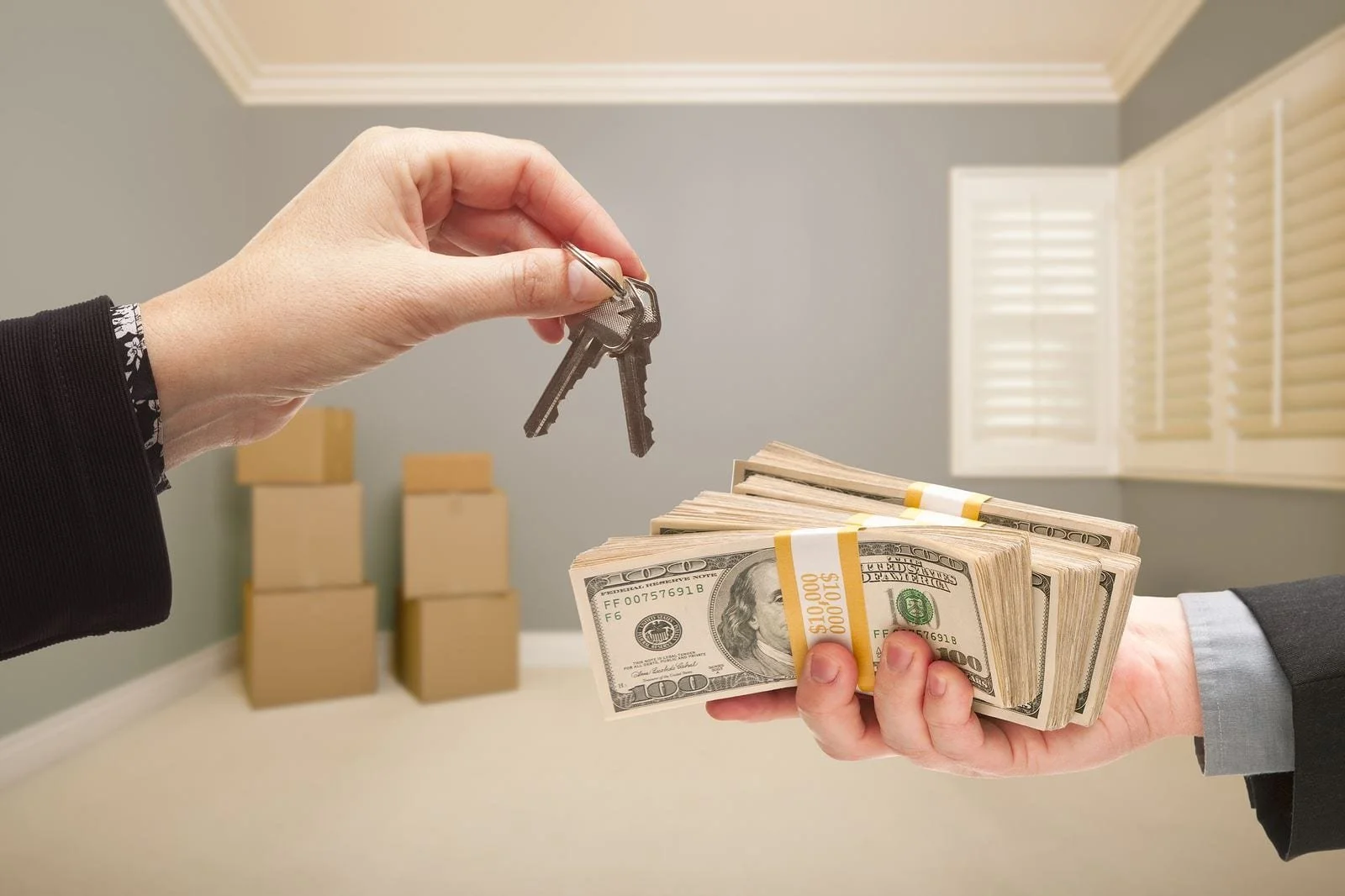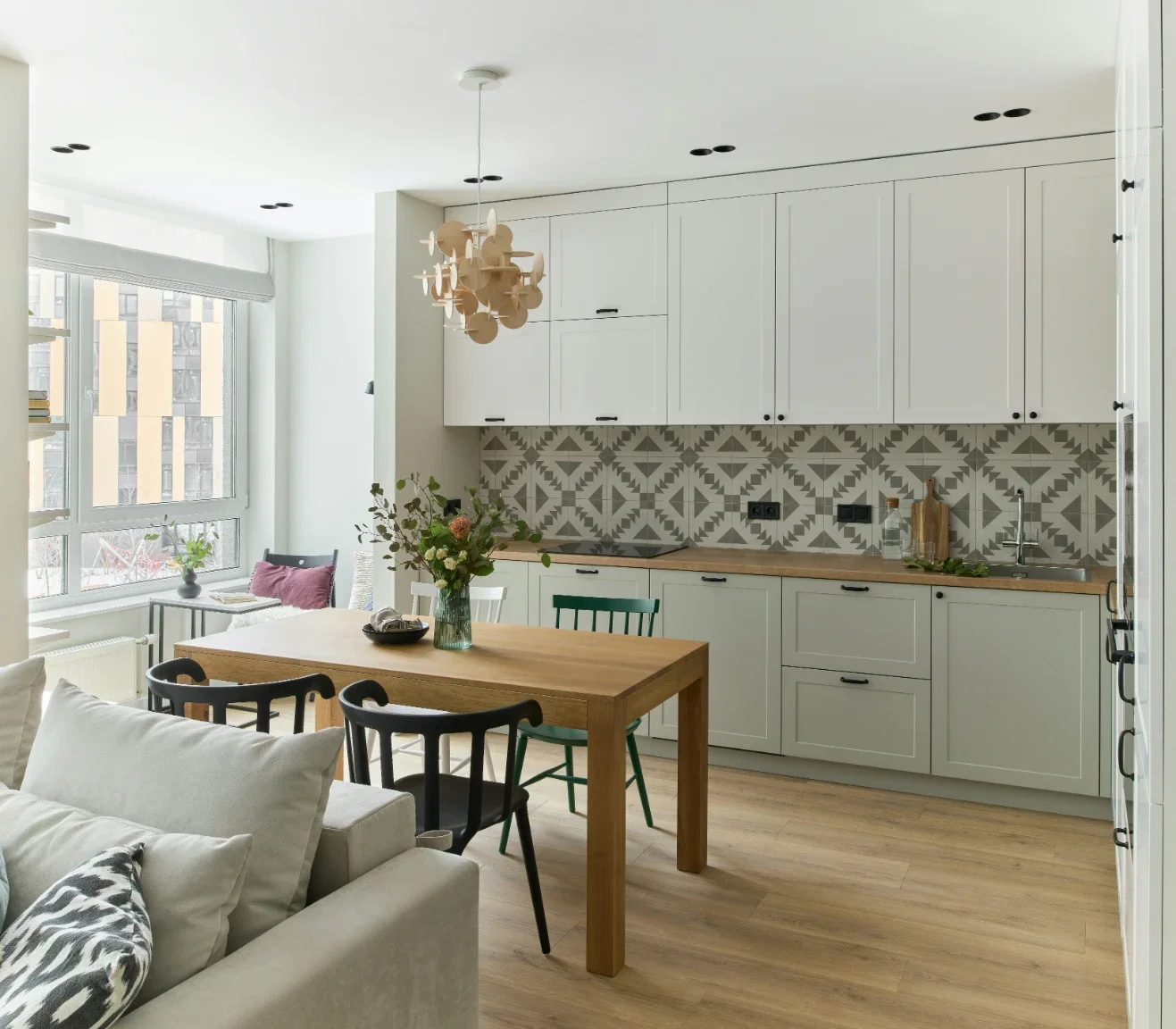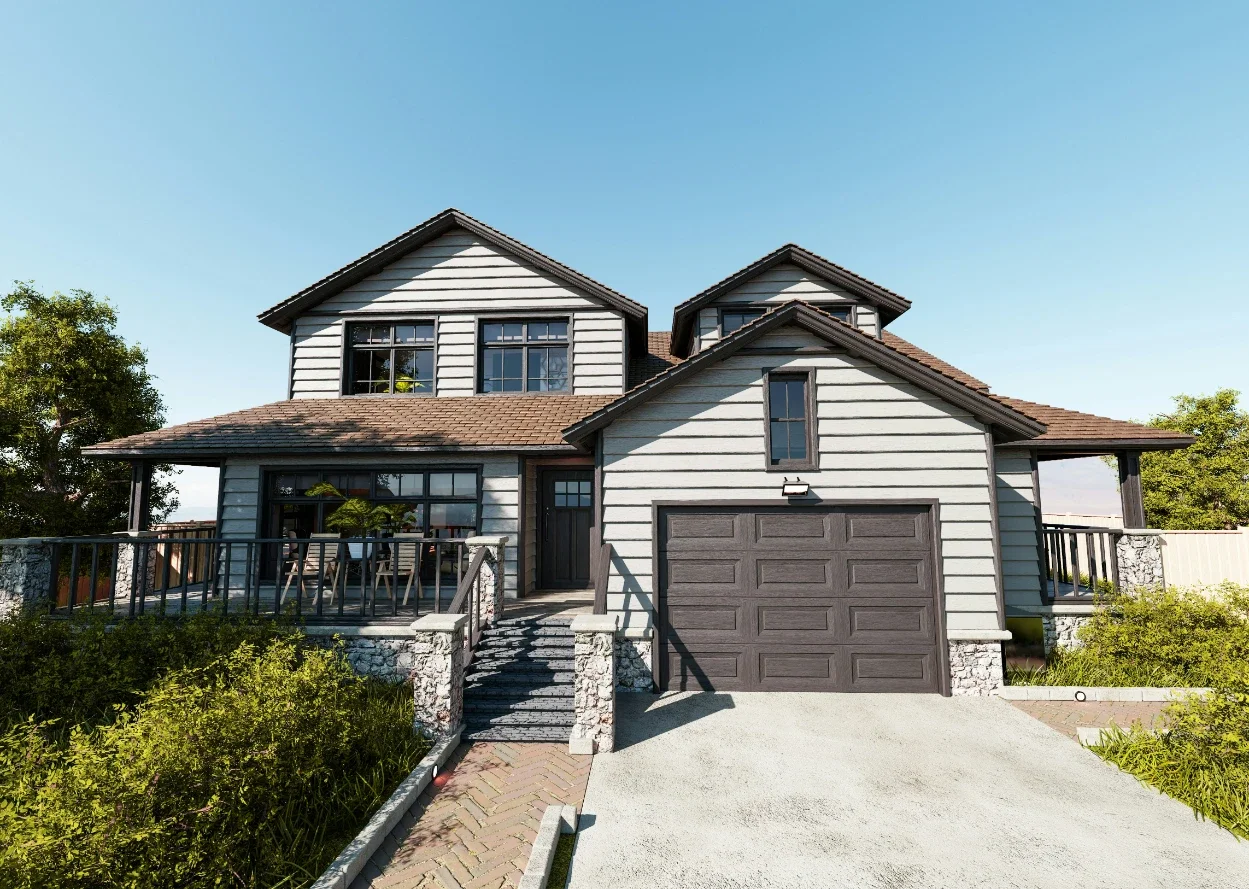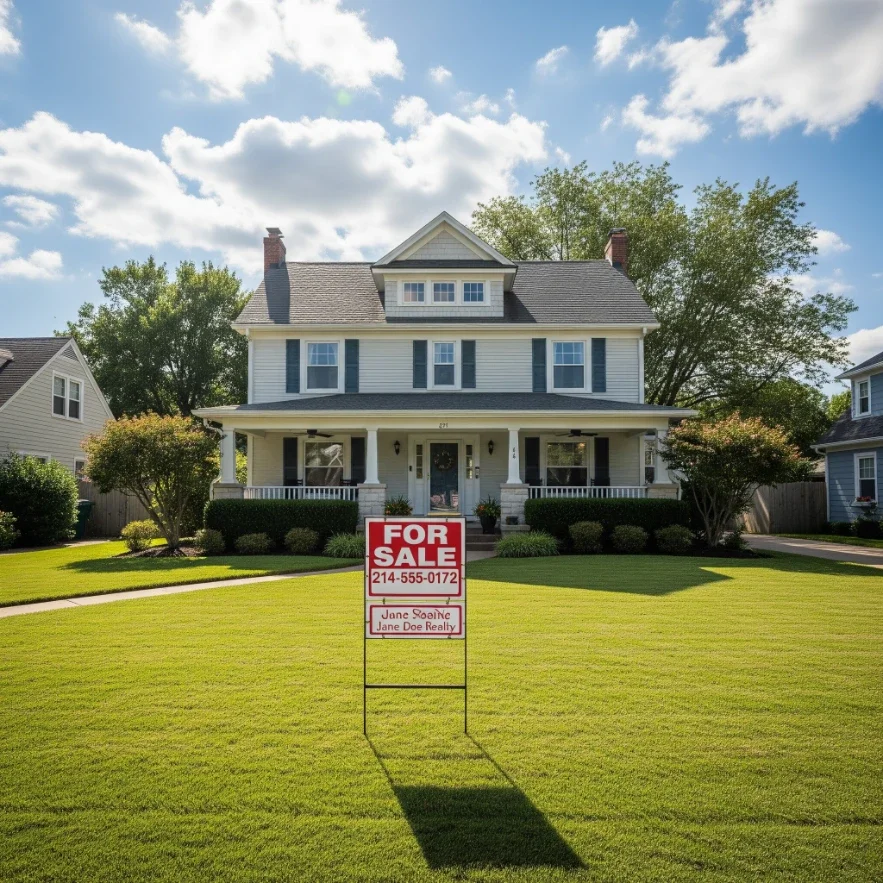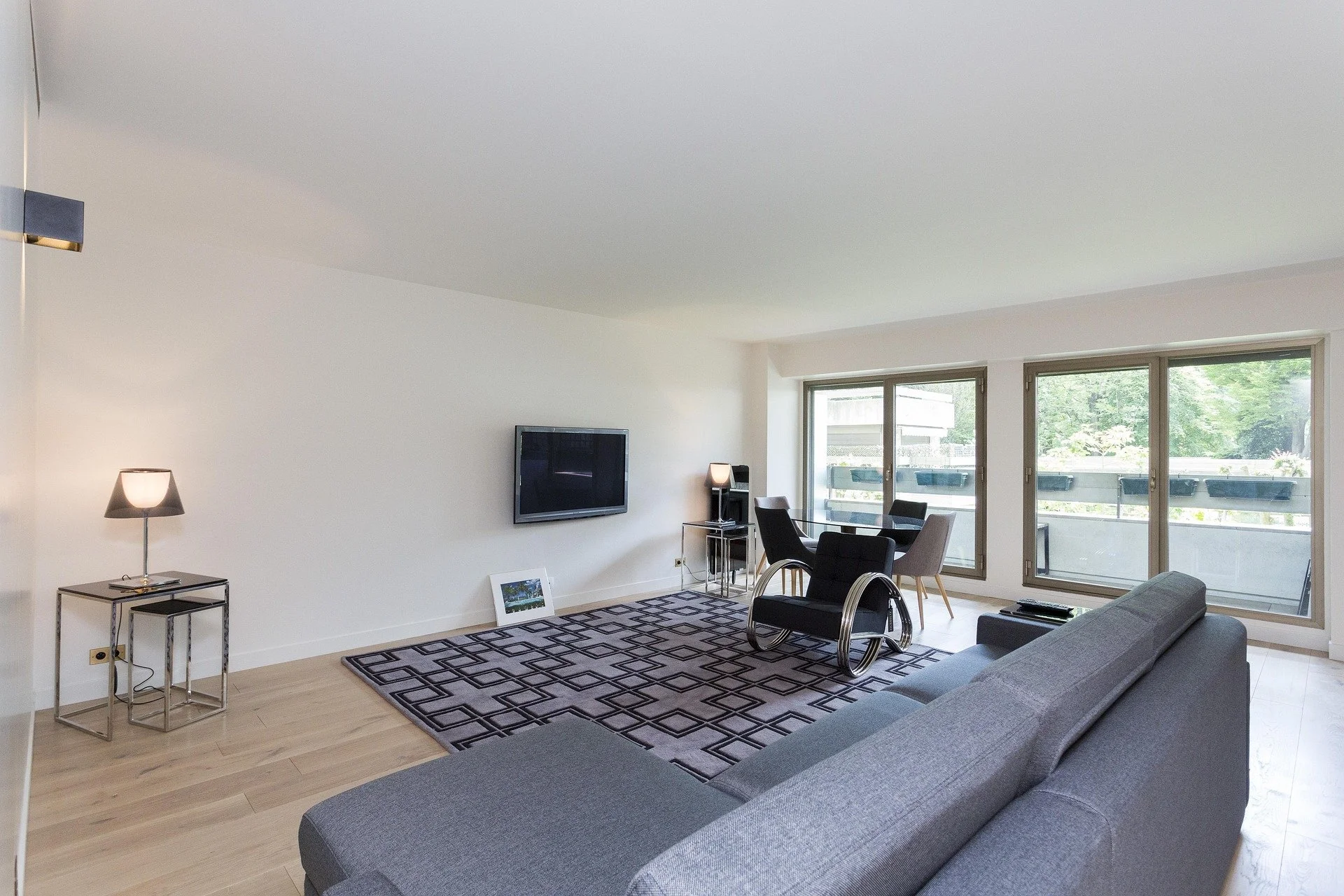Navigating the Home Selling Process with Confidence
Learn how to navigate the home selling process with confidence—from pricing and staging to closing the deal—with expert tips every step of the way.
Selling your house shouldn't feel like you're walking through a minefield blindfolded.
But here's the thing...
85% of home sellers faced challenges during the process. That's a staggering number that shows just how tricky this whole thing can be.
Here's the problem:
Most people think selling their home is as simple as slapping a "For Sale" sign in the yard and waiting for buyers to knock on their door. The reality? It's way more complicated than that.
From pricing your home correctly to navigating inspections, repairs, and negotiations... There are dozens of moving parts that can make or break your sale.
The good news?
With the right strategy and mindset, you can navigate the home-selling process like a pro. Whether you're selling your Fort Worth house or anywhere else in the country, the fundamentals remain the same.
You just need to know what you're doing.
What you'll discover:
Understanding Your Local Market Conditions
Setting the Right Price From Day One
Preparing Your Home to Sell Fast
Marketing Strategies That Work
Navigating Offers and Negotiations Like a Pro
Understanding Your Local Market Conditions
Want to know the biggest mistake sellers make right out of the gate?
They ignore their local market conditions completely.
33% of recent home sellers say the selling process was harder than expected. Most of them probably didn't do their homework first.
Here's what you need to understand:
Every market is different. What works in Austin might not work in Philadelphia. What worked last year might not work this year.
The current housing market is... complicated.
82% of homeowners with mortgages had interest rates below 6% as of late 2024. This creates something called the "lock-in effect" -- where homeowners are reluctant to sell because they'd lose their low rate.
This impacts inventory. It impacts buyer behavior. It impacts everything.
So what does this mean for you?
You need to understand whether you're in a buyer's market, seller's market, or something in between. Look at:
Average days on market in your area
Number of homes for sale versus sold
Price trends over the last 6-12 months
Local economic factors affecting demand
Don't just guess. Get the data.
Setting the Right Price From Day One
This is where most sellers completely screw things up.
Pricing your home correctly from the start isn't just important -- it's everything. The price is too high and your home sits on the market forever. Price is too low and you leave money on the table.
Here's the reality check:
Overpriced homes don't just sell slower. They often sell for less money in the end because they become "stale" inventory that buyers avoid.
The market will eventually tell you what your home is worth. The question is whether you want to listen to it upfront or after months of frustration.
The smart approach?
Get a comprehensive market analysis. Look at recent sales of similar homes in your neighborhood. Pay attention to:
Homes that sold quickly versus those that sat
Price reductions and final sale prices
Condition and features of comparable properties
Seasonal trends in your local market
Don't rely on online estimates. They're helpful for a ballpark figure, but they're not precise enough for a pricing strategy.
Pro tip: If you're getting wildly different opinions on value, get a third opinion. The truth is usually somewhere in the middle.
Preparing Your Home to Sell Fast
Most sellers think they need to renovate their entire house before putting it on the market.
Wrong.
Here's what actually matters:
First impressions and obvious problems. That's it.
Buyers will forgive outdated wallpaper. They won't forgive a leaky roof or broken HVAC system.
Focus your energy (and money) on:
The basics that impact the sale price:
Fix anything that screams "maintenance problem."
Deep clean everything -- and I mean everything
Declutter ruthlessly to make spaces look larger
Fresh paint in neutral colors for high-impact rooms
Curb appeal improvements that cost under $500
Don't waste money on:
Major renovations you won't recoup
Expensive upgrades in a declining market
Personal taste improvements that don't add value
The goal isn't to create your dream home. It's to create a blank canvas that buyers can envision as their dream home.
Storage is huge. Buyers need to see that your home has enough space for their stuff. Pack away 50% of your belongings. Seriously.
Clean out closets, garages, and basements. Buyers will look everywhere.
Marketing Strategies That Work
Want to know a shocking statistic?
Only 6% of home sales were For Sale By Owner in 2024. That's the lowest rate on record.
Why? Because marketing a home effectively is harder than most people think.
Professional photography isn't optional anymore. It's the minimum entry point. Most buyers start their search online, and bad photos kill interest before anyone steps foot in your home.
But photography is just the beginning...
Effective marketing means:
Professional photos that highlight your home's best features
Detailed property descriptions that tell a story
Strategic pricing to generate initial interest and momentum
Listing on all major platforms (MLS, Zillow, Realtor.com, etc.)
Social media promotion to reach local buyers
Open houses and private showings are scheduled strategically
The timing matters too. List on Thursday for weekend traffic. Schedule open houses when competitors aren't. Think strategically about every decision.
Don't just throw your home on the market and hope for the best. Have a plan.
Navigating Offers and Negotiations Like a Pro
Getting an offer feels amazing.
Until you realize that's when the real work begins.
Here's what most sellers get wrong: They focus only on the offer price and ignore everything else that matters.
A cash offer for $10,000 less might be better than a financed offer for full price -- especially if the financed buyer is stretching to qualify.
Look at the complete picture:
Financing terms and buyer qualification strength
Contingencies and timeline requirements
Inspection and repair negotiation potential
Closing costs and who pays what
Multiple offers? Don't automatically take the highest number. Take the strongest overall package from the most qualified buyer.
Counteroffers are normal. Don't take them personally. The first offer is rarely the final deal.
Stay flexible but firm on your priorities. Know what you're willing to compromise on and what's non-negotiable before you start getting offers.
The negotiation phase can make or break your sale. Approach it strategically, not emotionally.
Final Thoughts on Your Home Sale Journey
Selling your house doesn't have to be overwhelming if you approach it with the right strategy and realistic expectations.
The key? Preparation, pricing, and patience.
Understand your market. Price competitively from day one. Prepare your home thoughtfully. Market it professionally. Negotiate strategically.
Most importantly: Don't let emotions drive your decisions. This is a business transaction, even though it involves your home.
The sellers who struggle are usually the ones who wing it or let their emotions take over. The ones who succeed treat it like the significant financial transaction it is.
Follow this roadmap, stay flexible, and trust the process. Your successful sale is waiting on the other side of good preparation and smart execution.


